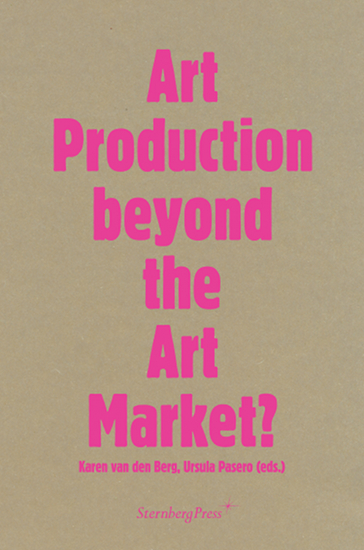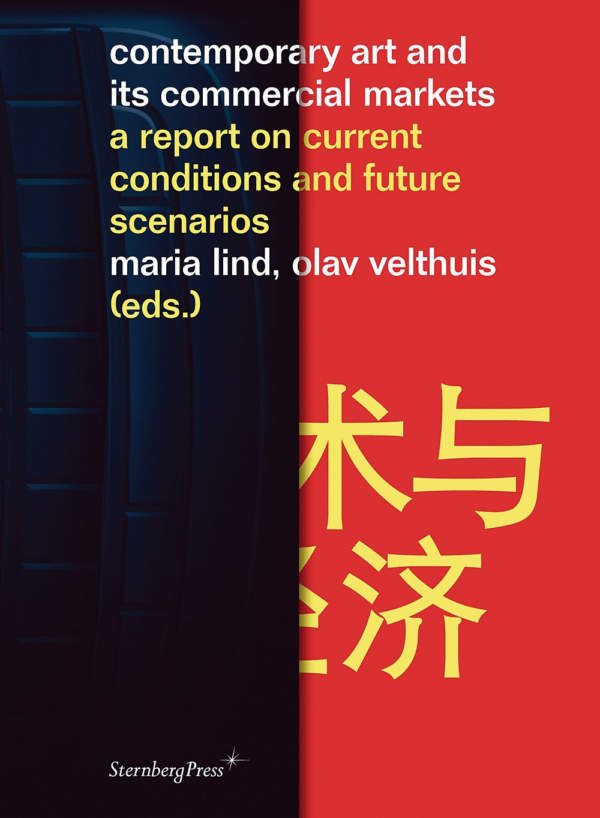Your cart is currently empty.
Cart
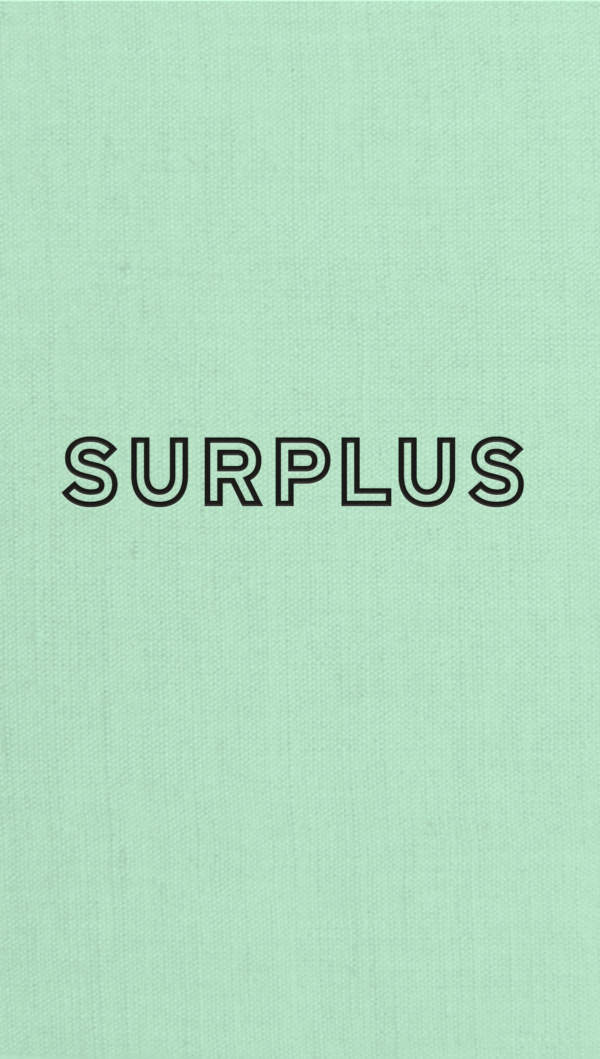
Surplus
Edited by Marianne Heier, Steinar Sekkingstad, Solveig Øvstebø
Texts by Thomas Hylland Eriksen, Marianne Heier, Ranjit Hoskote, Loretta Napoleoni, Kim West, Solveig Øvstebø
Although Marianne Heier abandons the traditional exhibition spaces in connection with her projects, Art with a capital A is still always measured against other social constructs. At this point of intersection, Heier looks at the typical features of the various economies or values of given fields and how they overlap and collide. What, for example, characterizes the value of art compared with the concept of value in the global market economy? What can be translated? What is not for sale? With this approach, Heier turns the focus on distinctions between cultural and economic capital, which are further problematized inasmuch as the physical works or interventions often end up as gifts to the institution with which she works. The gift economy as a phenomenon and theoretical entity is therefore central to Heier’s art production.
Through “Surplus,” an extensive physical intervention in front of Bergen Kunsthall, Heier demonstrated an unbudgeable faith that art has a value different from the one that can simply be negotiated on a market. Surplus can, from this perspective, also refer to a kind of “surplus value.”
This publication builds on Heier’s investigative process. Instead of a retrospective analysis of her oeuvre, contributions by writers and researchers from various disciplines have become an important part of the exhibition project in their own right. The project renders visible societal structures and consequences of such structures—of which we are not always aware. By shifting the perspective slightly, we can perhaps glimpse distinct values and new outcomes.
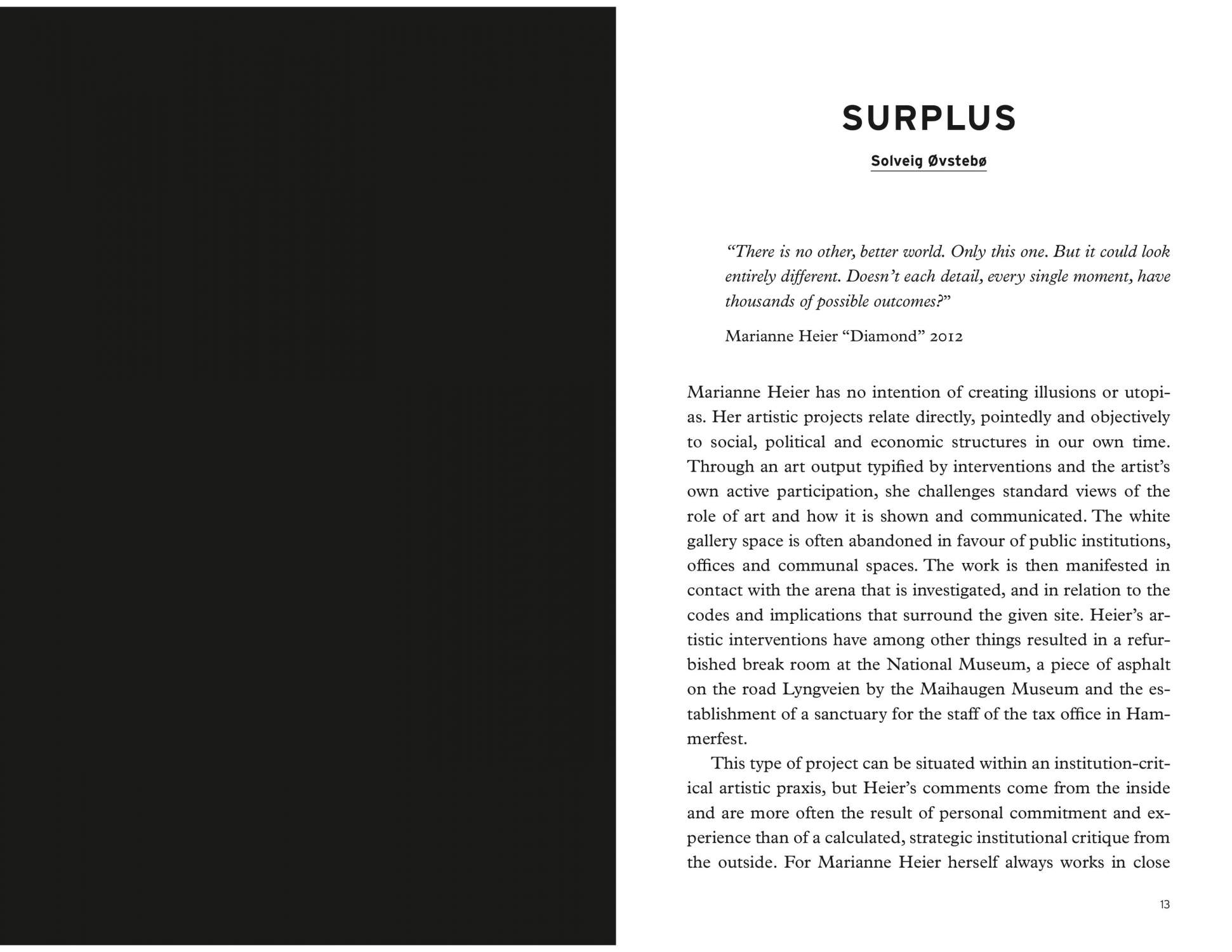
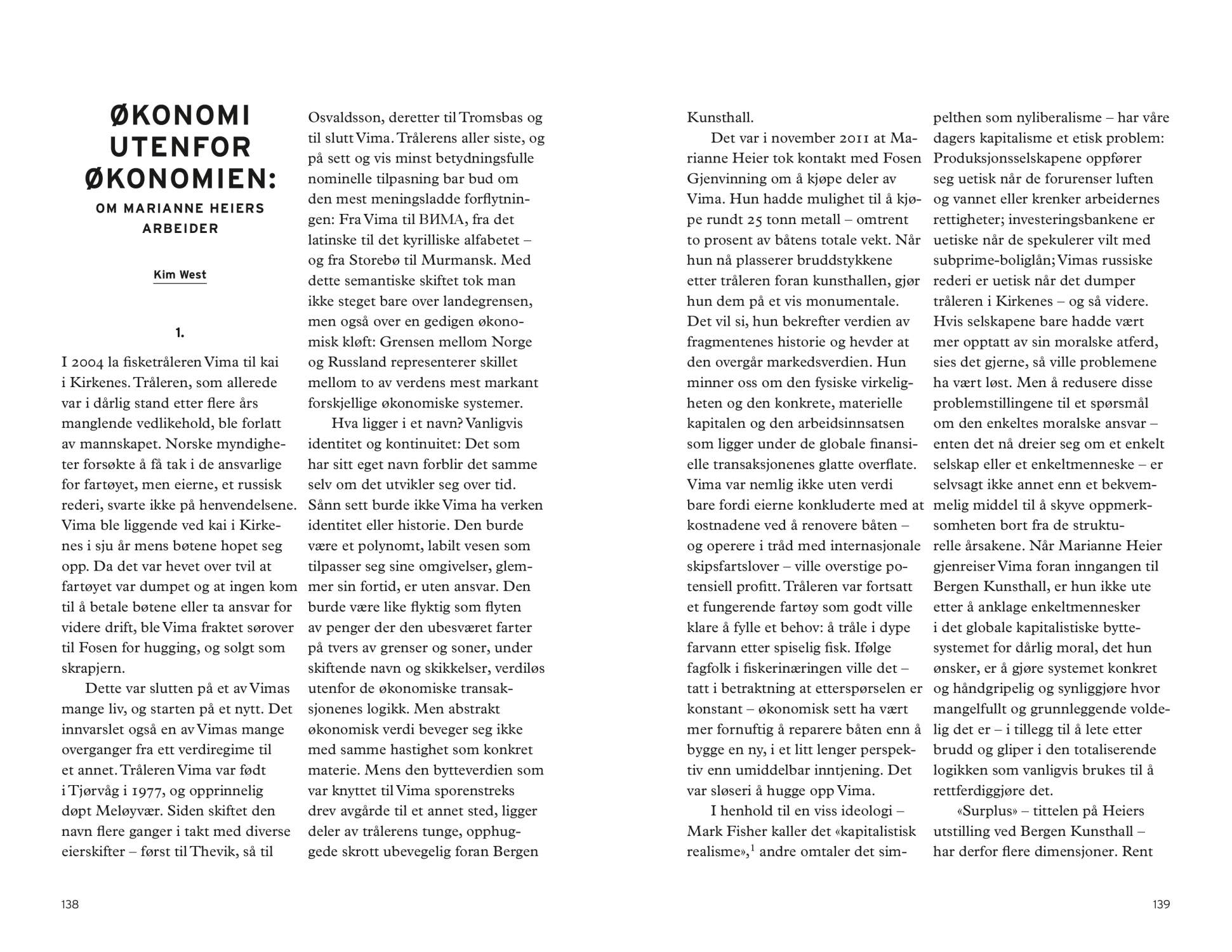
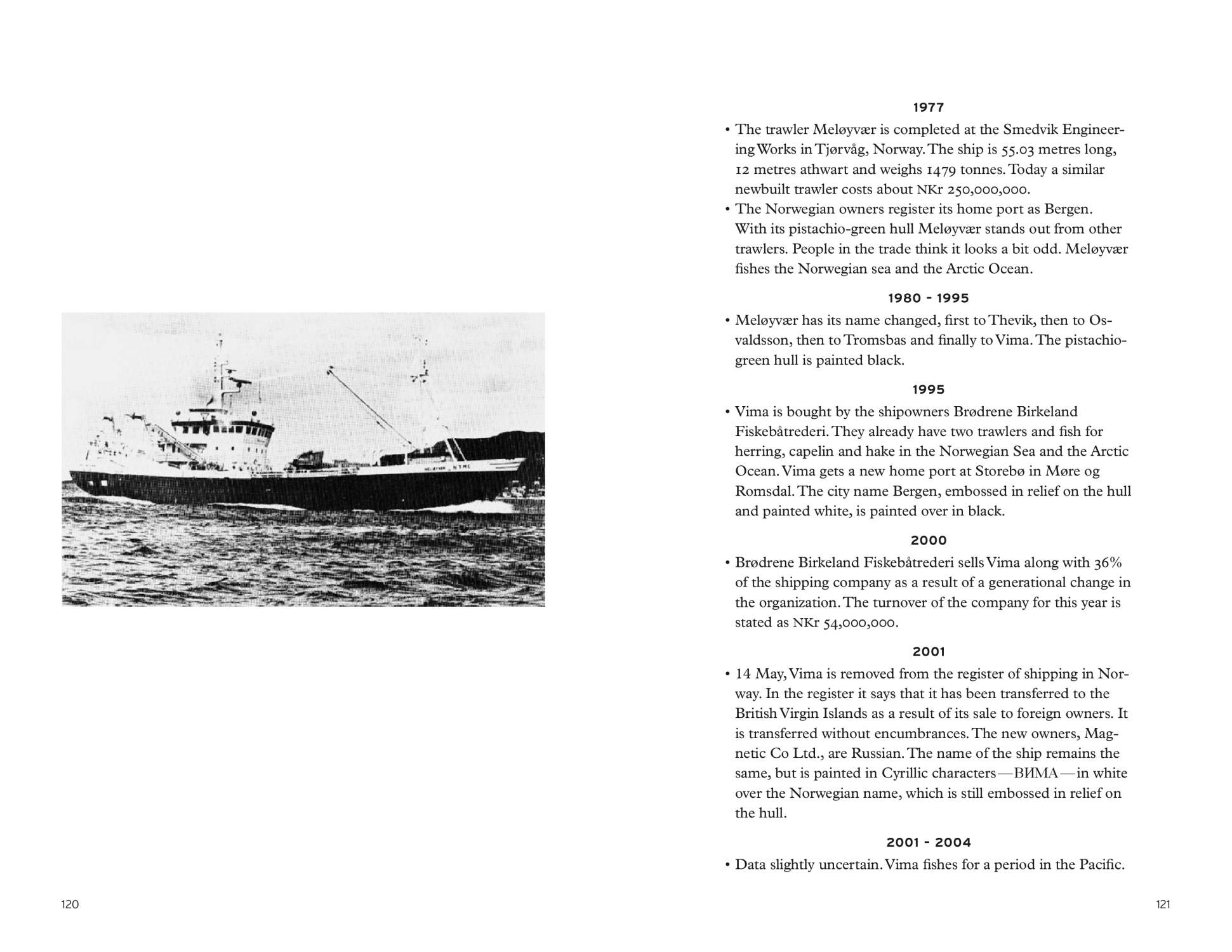
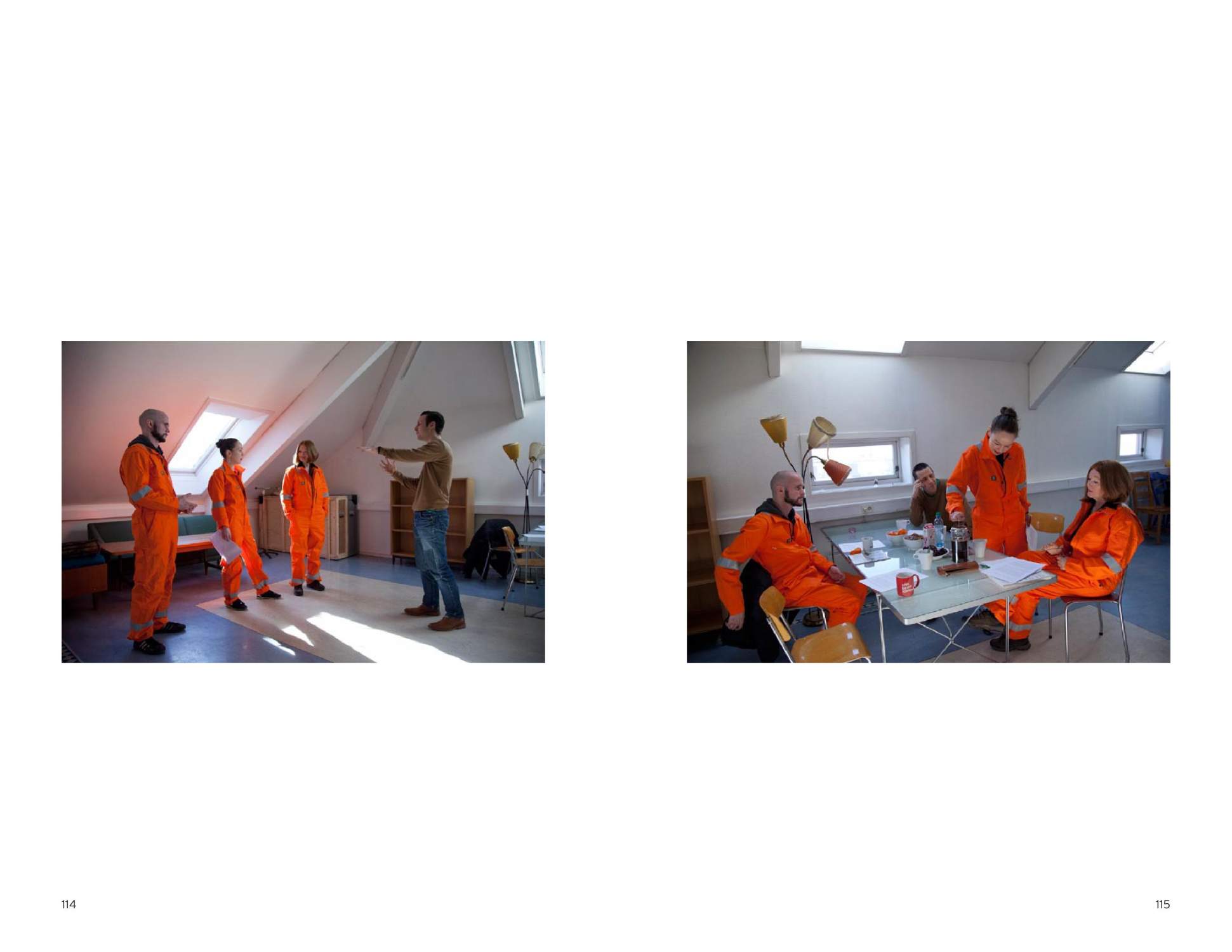
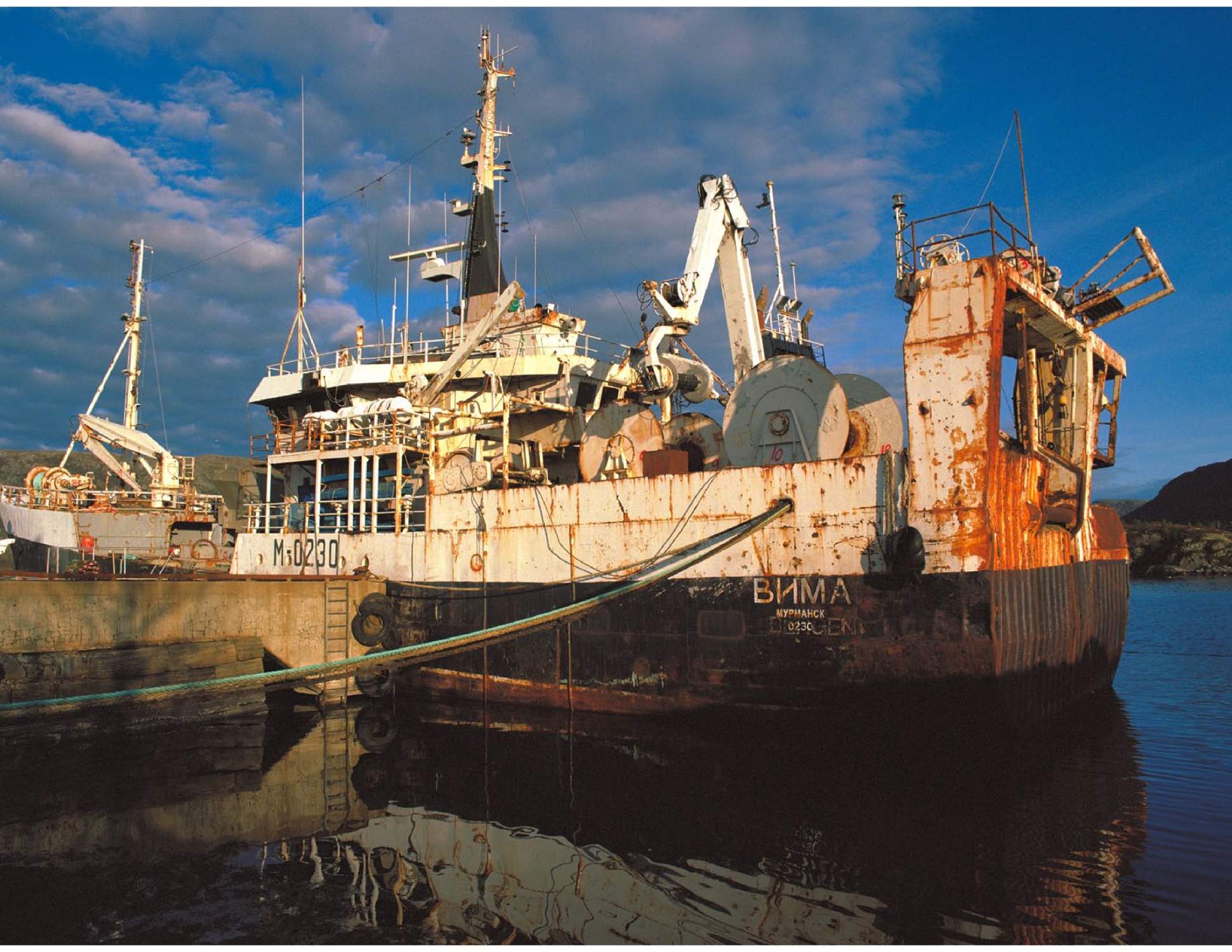
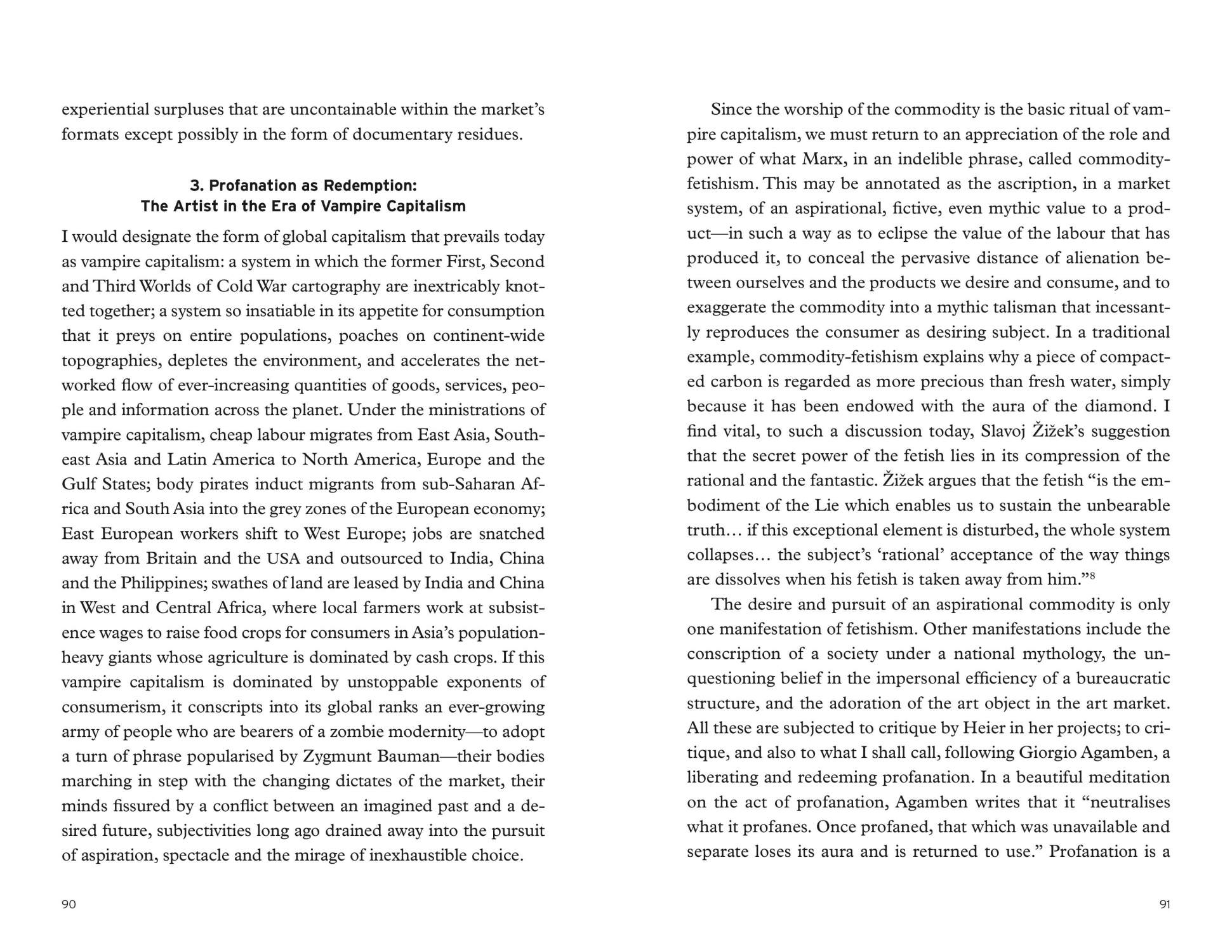
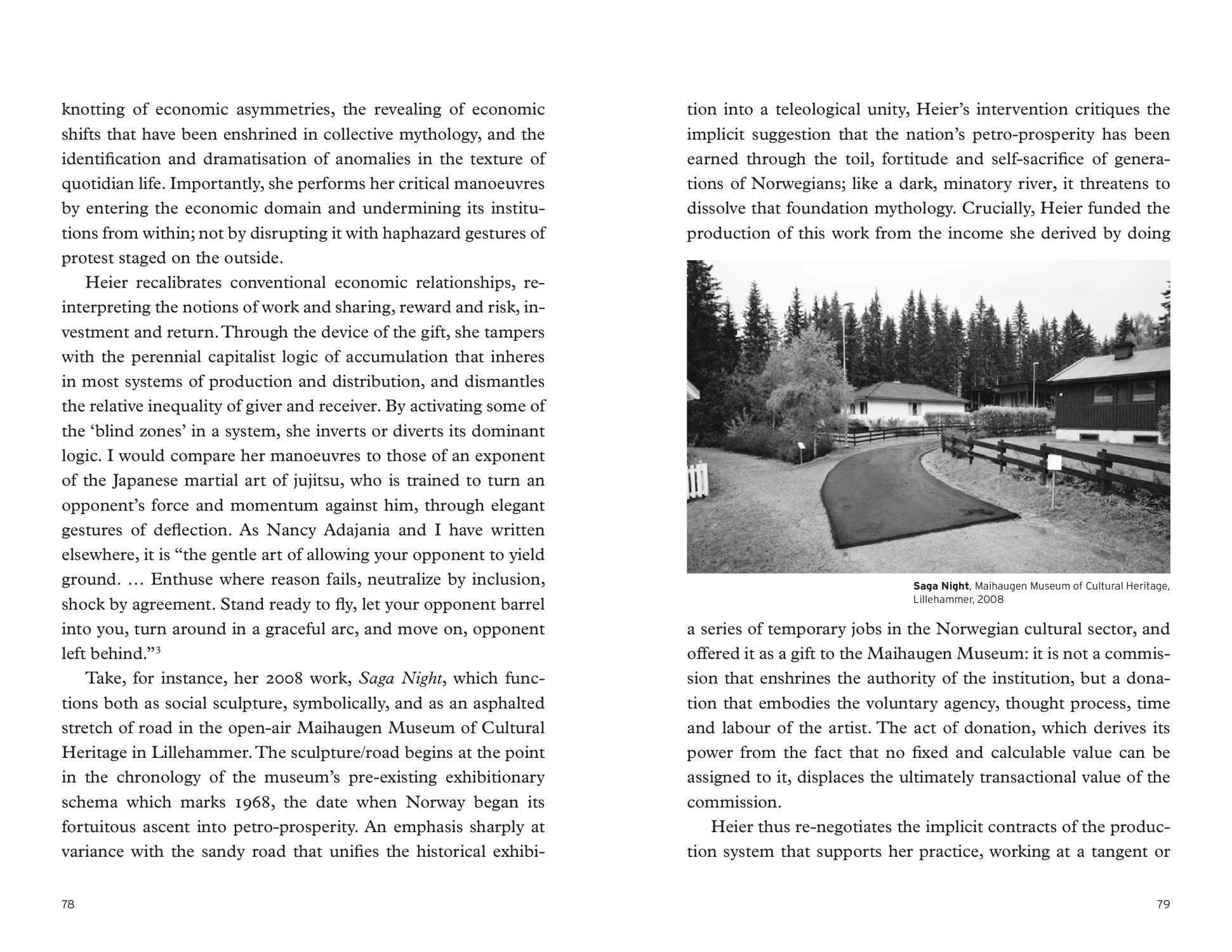
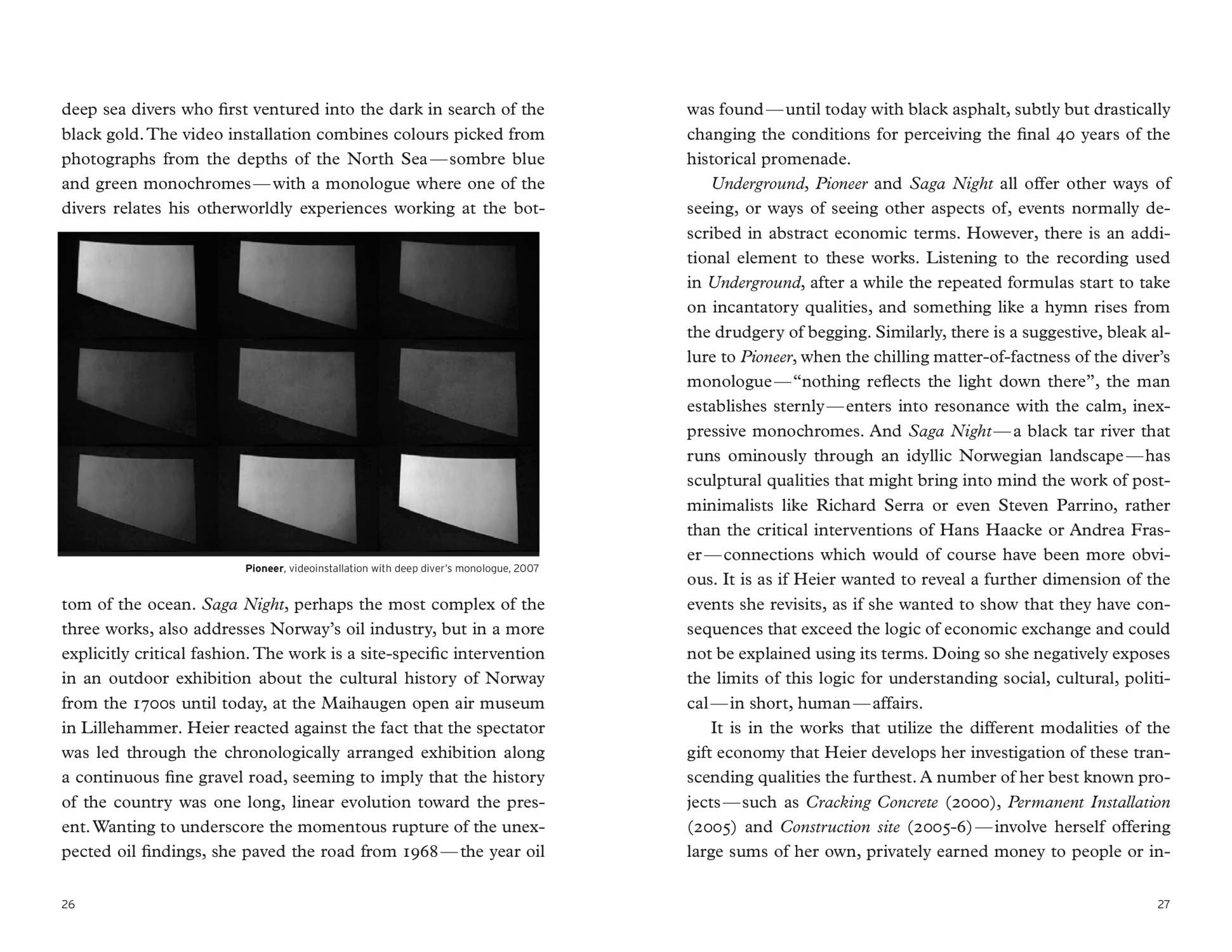
Hardcover
€32.00
